Creating an outdoor habitat for non-venomous snakes can be a rewarding project that allows these fascinating reptiles to experience natural environmental elements while remaining secure. Whether you’re a snake enthusiast with pet serpents that could benefit from outdoor time, or you’re looking to create a welcoming space for local wild snakes, a properly designed outdoor enclosure provides numerous benefits. Snakes that have access to natural sunlight, varying temperatures, and enrichment opportunities often display more natural behaviors and improved health. However, building such a habitat requires careful planning and consideration of the snake’s specific needs, potential predators, escape prevention, and local climate conditions. This comprehensive guide will walk you through the essential elements of creating a safe, comfortable, and stimulating outdoor snake habitat.
Understanding Your Snake’s Natural Habitat
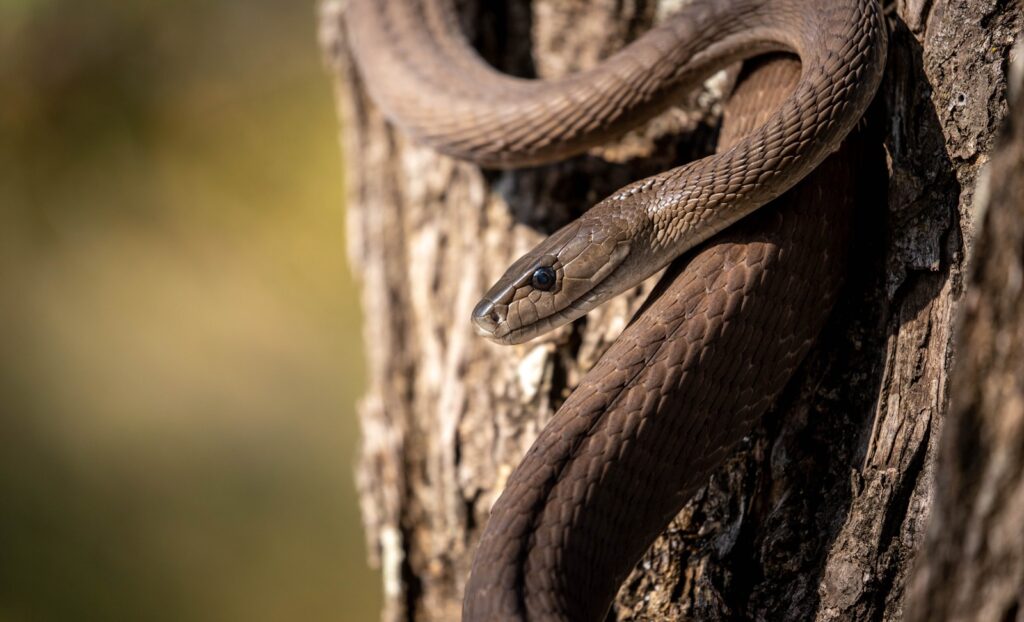
Before beginning construction on any outdoor enclosure, it’s crucial to research and understand the natural habitat of the specific snake species you’re accommodating. Different snake species evolved in vastly different environments—from arid deserts to humid tropical forests—and their outdoor habitat should reflect these natural conditions as closely as possible. For instance, a corn snake would thrive in a habitat that mimics the woodland and grassland areas of the southeastern United States, while a ball python would need conditions similar to the West African savannas. Understanding these natural preferences will guide your decisions about substrate, humidity levels, temperature gradients, and hiding spots. Take time to study your snake’s native range, typical behaviors in the wild, and environmental preferences to create a habitat that truly meets their biological needs.
Selecting the Right Location

The location of your outdoor snake habitat significantly impacts its effectiveness and your snake’s wellbeing. Choose a spot that receives partial sunlight throughout the day, allowing for both sunny and shaded areas that create essential temperature gradients. Avoid areas that experience extreme weather conditions or flooding during rain, as these can stress or harm your snake. The location should also be protected from strong winds that could create uncomfortable conditions or damage the enclosure. Consider proximity to your home for convenience in monitoring and maintenance, but maintain enough distance from high-traffic areas to reduce stress on the snakes. Additionally, evaluate the surrounding environment for potential hazards such as toxic plants, pesticide use, or areas where predators might gather or access the enclosure.
Designing Secure Walls and Foundations
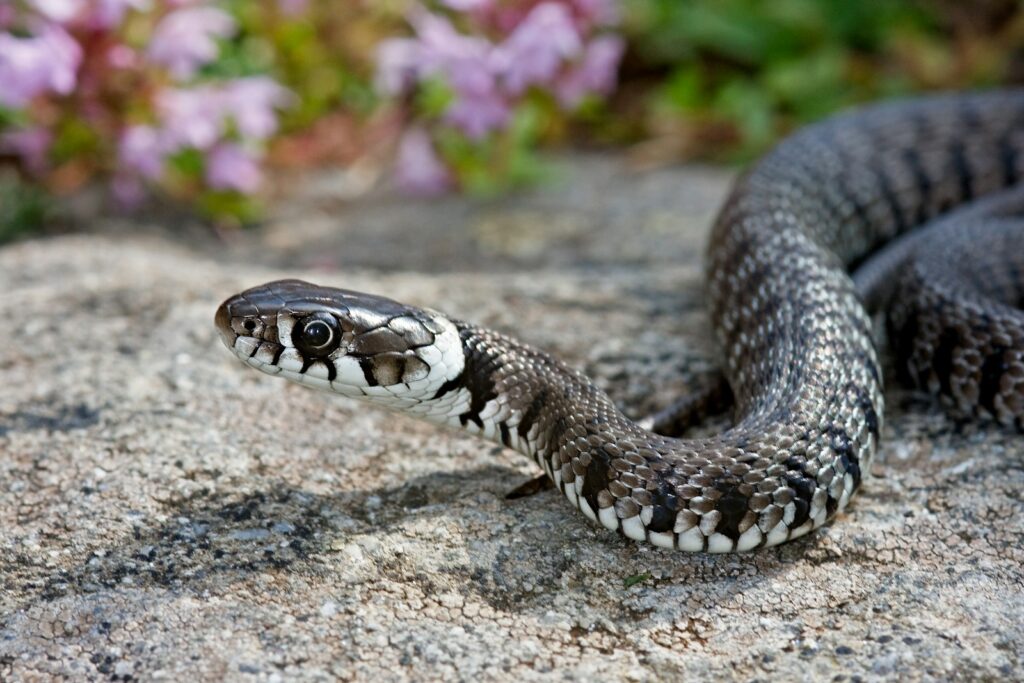
The enclosure walls form your primary defense against both escapes and predator intrusions, making their design and construction paramount to the habitat’s success. For the walls, consider materials like concrete blocks, secure wooden panels, or specialized reptile-safe mesh that provide both security and appropriate ventilation. The walls should extend at least 18-24 inches below ground level to prevent snakes from digging out and predators from digging in. Above ground, walls should be at least 4-6 feet high, with an inward-facing lip or overhang at the top to prevent climbing escapes. Ensure there are absolutely no gaps or cracks that could serve as escape routes—snakes can squeeze through surprisingly small openings. For the foundation, a concrete base offers optimal security, but a layer of buried hardware cloth or mesh at least 6 inches deep can also effectively prevent digging if properly installed and secured to the walls.
Creating a Predator-Proof Roof
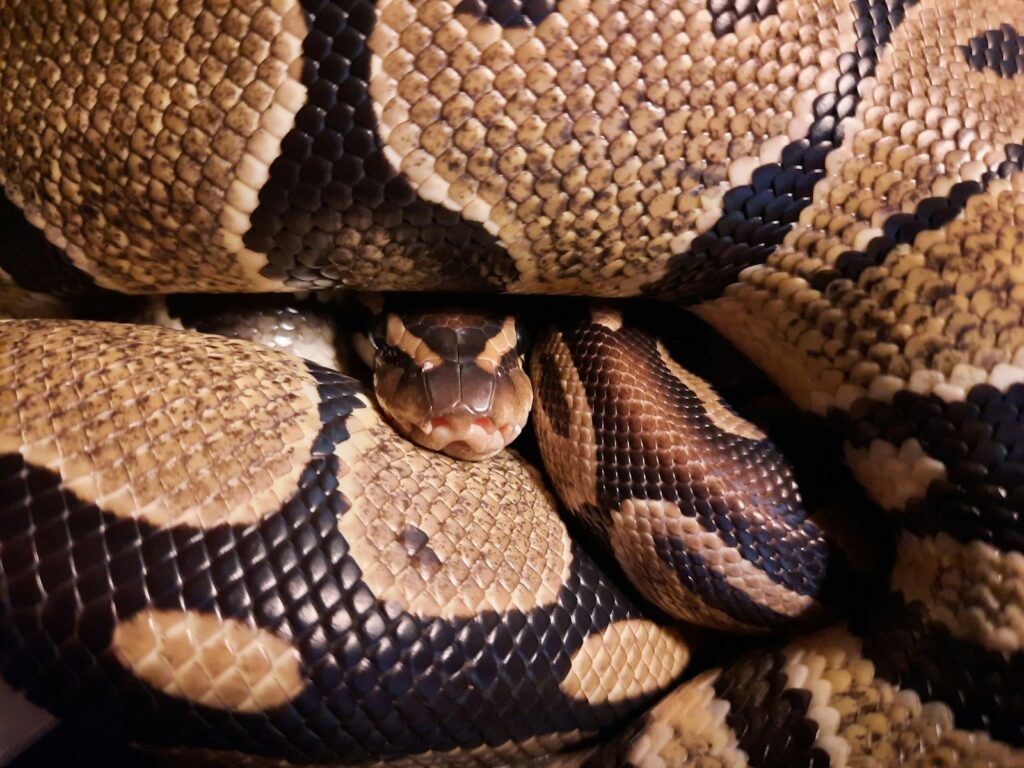
A secure roof is essential for any outdoor snake habitat, serving both as protection from aerial predators and as an additional escape prevention measure. The ideal roofing material should balance security with appropriate light penetration—consider options like secure mesh, polycarbonate panels, or a combination of solid and transparent sections. This covering should be firmly attached to the walls with no gaps or weak points that could allow access to birds of prey, raccoons, or other potential predators. Design the roof with adequate slope or drainage systems to prevent water accumulation during rain, which could flood the enclosure or create unhealthy humidity levels. If possible, create sections of the roof that can be opened for easy maintenance access while including secure latches or locks to prevent accidental openings. Remember that some predators are remarkably adept at opening simple latches, so multiple security features are advisable.
Installing Proper Drainage Systems

Effective drainage is critical to maintaining a healthy outdoor snake habitat, preventing flooding, stagnant water, and excessive humidity that could lead to health issues. Design the enclosure with a slight slope (about 1-2 degrees) to naturally direct water toward drainage points. Install a layer of gravel or crushed stone beneath the substrate, creating a drainage layer that allows water to percolate downward rather than pooling on the surface. Strategic placement of drainage pipes or channels at the lowest points of the enclosure will help remove excess water efficiently during heavy rainfall. Consider incorporating a French drain system around the perimeter of the habitat to manage water runoff and prevent the surrounding ground from becoming saturated. Regular inspection and maintenance of these drainage systems is essential, especially before expected heavy rainfall periods, to ensure they remain clear of debris and function properly.
Selecting Appropriate Substrate Materials

The substrate forms the foundation of your snake’s habitat and significantly impacts humidity levels, drainage, burrowing opportunities, and overall comfort. For most non-venomous snake species, a combination of substrates creates the most natural and functional environment. Consider a base layer of clean soil mixed with sand for drainage, topped with cypress mulch, coconut coir, or orchid bark to help maintain appropriate humidity levels. Avoid cedar or pine substrates, which contain oils that can be toxic to reptiles when inhaled over time. The substrate depth should be substantial enough (at least 4-6 inches) to allow for natural burrowing behaviors, which many snake species use for thermoregulation and security. In different areas of the enclosure, vary the substrate composition to create microhabitats that serve different needs—moister areas for shedding and drier areas for basking. Plan for regular substrate maintenance, including spot cleaning and periodic partial replacement to prevent mold growth or bacterial buildup.
Creating Temperature Gradients
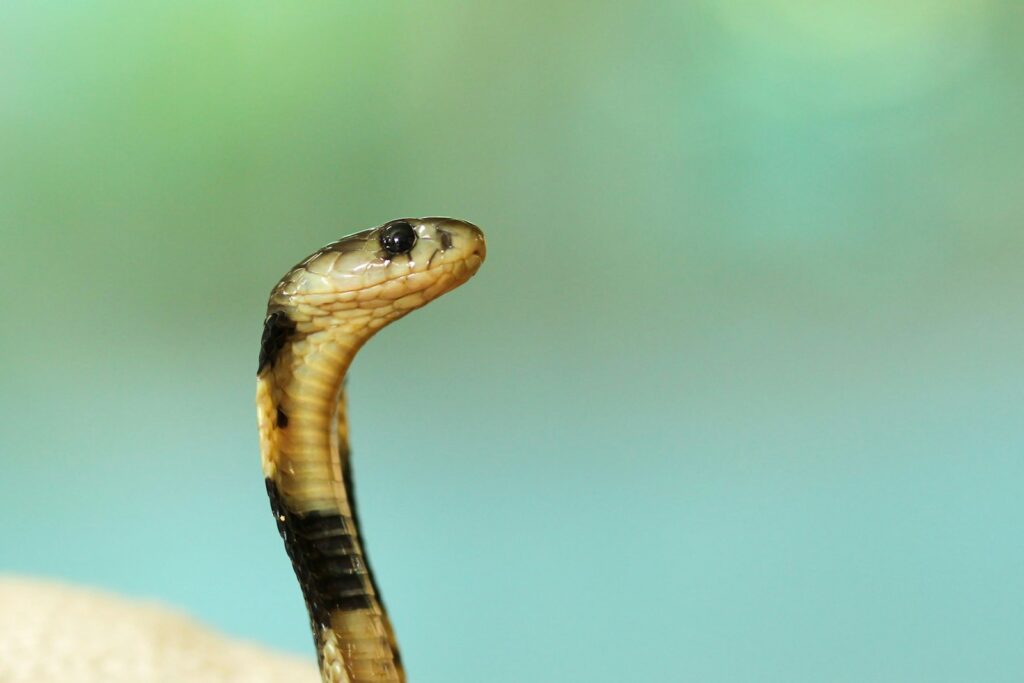
Temperature gradients are essential for snakes, allowing them to thermoregulate by moving between warmer and cooler areas as needed. In an outdoor habitat, natural sunlight provides excellent heat sources, but supplemental heating may be necessary depending on your climate and the specific needs of your snake species. Position the enclosure to take advantage of morning sun while providing adequate shade during the hottest parts of the day. Create basking spots using flat rocks or platforms that absorb and radiate heat, positioned in areas that receive direct sunlight for part of the day. For colder climates or seasons, consider installing weatherproof heating elements like underground heating cables or ceramic heat emitters with appropriate guards to prevent direct contact. Always include multiple temperature zones ranging from the species’ preferred basking temperature down to the lower end of their comfort range, and monitor these temperatures regularly with reliable thermometers placed at different heights and locations throughout the habitat.
Providing Adequate Hiding Spots
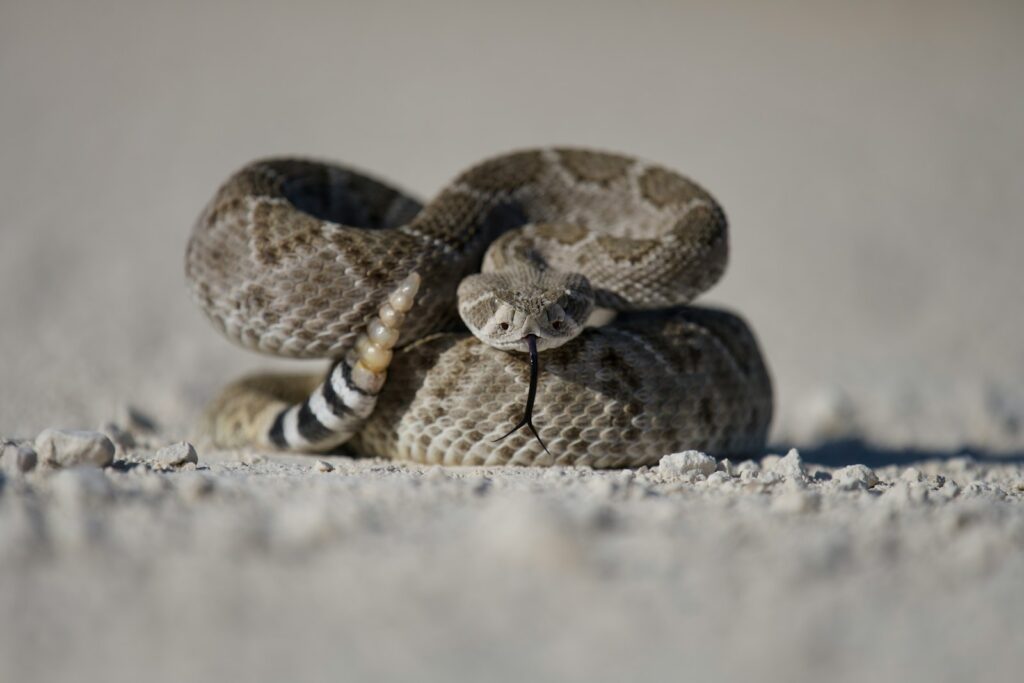
Hiding spots are crucial elements in any snake enclosure, providing security, stress reduction, and temperature regulation options. Include multiple hiding areas throughout the habitat, positioning them in both warm and cool sections to allow the snake to hide while still regulating its body temperature. Natural hiding options like hollow logs, cork bark flats, stacked stones (securely arranged to prevent collapse), and dense vegetation provide environmentally enriching alternatives to artificial hides. Ensure that each hiding spot is appropriately sized—snakes prefer tight-fitting hides where they can press their bodies against the walls for a sense of security. For burrowing species, provide deeper substrate sections where they can create their own underground retreats. Strategic placement of these hiding spots should allow you to easily locate and monitor your snake when necessary, while still respecting their need for security—consider positioning some hides against the enclosure walls with viewing windows or removable tops for non-disruptive observation.
Installing Water Features
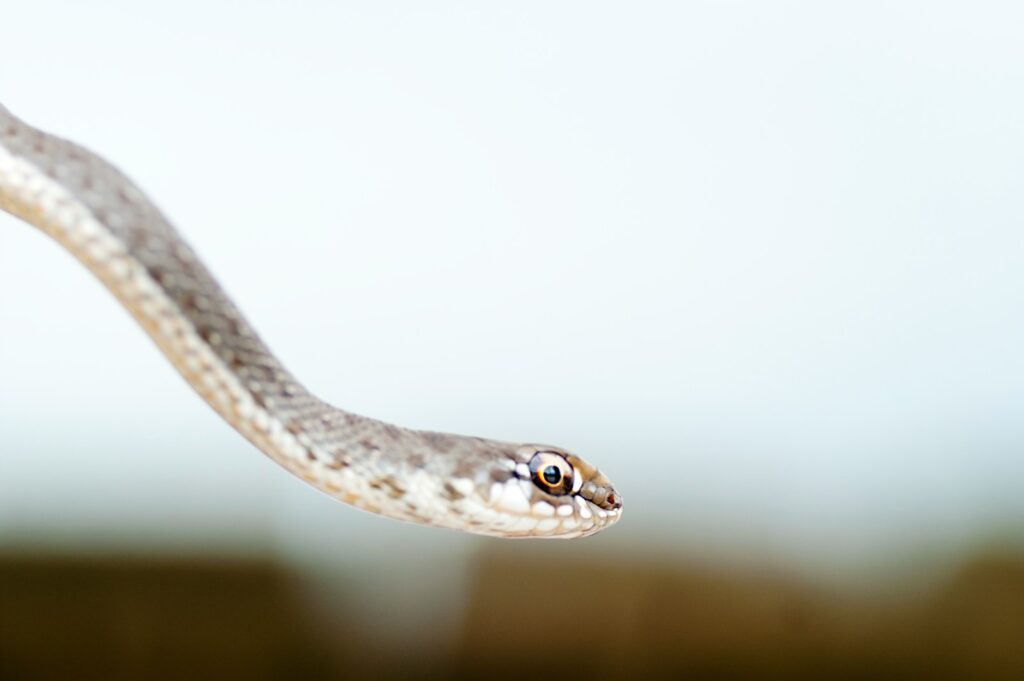
Water features serve multiple purposes in an outdoor snake habitat, providing drinking sources, swimming opportunities for semi-aquatic species, and contributing to ambient humidity levels. For most terrestrial snake species, a heavy, shallow water dish that cannot be easily tipped over is sufficient—position it in a semi-shaded area to reduce algae growth and water evaporation. For semi-aquatic species like water snakes, consider incorporating a small pond feature with gradually sloping sides for easy entry and exit. Ensure any water feature has a reliable filtration system or plan for regular cleaning and water changes to maintain water quality. Position the water feature on a stable surface away from loose substrate that could contaminate it, and ensure it’s easily accessible for maintenance. Remember that stagnant water can quickly become a breeding ground for harmful bacteria and mosquitoes, so proper maintenance is essential for both the snake’s health and to avoid creating pest issues in your yard.
Incorporating Climbing Features

Many non-venomous snake species, particularly arboreal or semi-arboreal types, benefit greatly from vertical space and climbing opportunities in their habitat. Incorporate sturdy branches, logs, or commercially available reptile climbing structures that can support your snake’s weight without risk of collapse. Position these climbing features securely, anchoring them to the ground or walls where necessary to prevent shifting or falling that could injure your snake. For arboreal species like rat snakes or vine snakes, create multi-level climbing networks that allow for exploration throughout different heights of the enclosure. Ensure that climbing features are appropriately textured to provide good grip—rough-barked branches or those with multiple offshoots offer better climbing surfaces than smooth poles. Position some branches or climbing structures near basking spots to allow for elevated thermoregulation options, mimicking how wild snakes might bask on branches to capture warmth from the sun while remaining vigilant for predators.
Adding Safe Plant Species
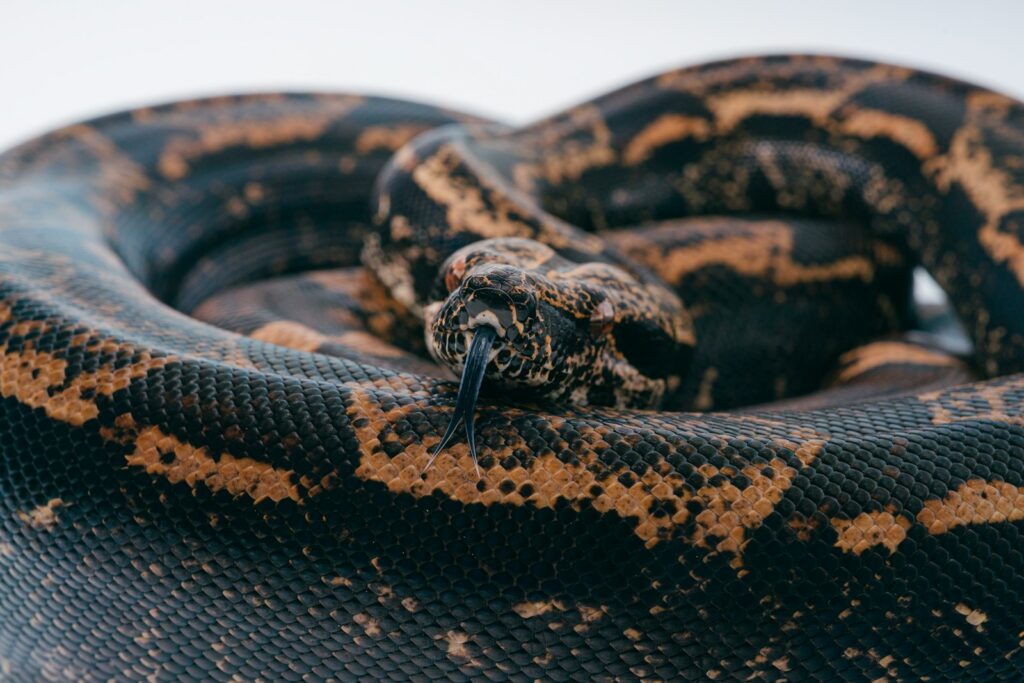
Live plants add tremendous value to an outdoor snake habitat, providing natural hiding spots, climbing opportunities, humidity regulation, and aesthetic appeal. Select hardy, non-toxic plant species that can withstand occasional disruption from your snake’s movements. Suitable options include snake plant (ironically named but safe), spider plant, Boston fern, pothos, and many succulents—all of which are non-toxic if accidentally ingested. Consider the natural habitat of your snake species when selecting plants; woodland species might appreciate ferns and broad-leaved plants that create dappled shade, while desert species would be better suited to succulents and drought-resistant vegetation. Plant roots can potentially create escape routes if they grow along or under walls, so monitor plant growth and positioning carefully. Use plant pots buried in the substrate for easier maintenance and to control growth, especially for potentially invasive species that might damage the enclosure structure over time.
Seasonal Adaptations and Modifications
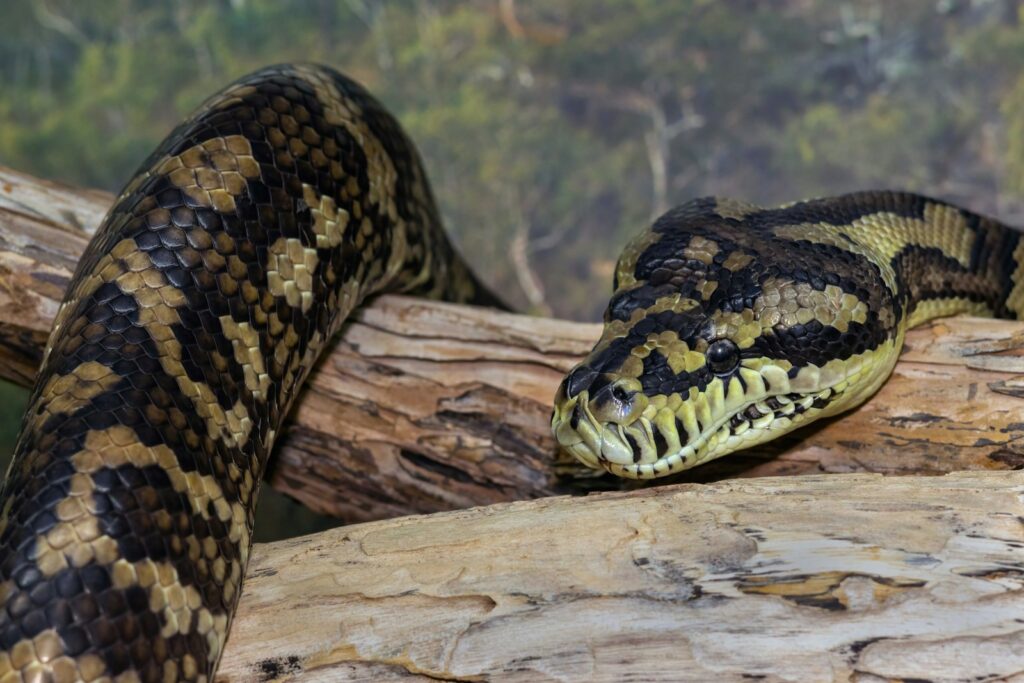
Outdoor snake habitats require seasonal adjustments to maintain appropriate conditions year-round, especially in regions with significant temperature variations. For colder months, consider installing weatherproof heating systems like soil heating cables, adding extra insulation to walls and floors, or creating a hibernaculum area for species that naturally brumate. During extreme summer heat, additional shade structures, misters for brief cooling periods, or even temporary reflective coverings might be necessary to prevent overheating. Some snake owners opt for seasonal outdoor habitats, moving their snakes indoors during extreme weather periods when maintaining appropriate conditions outdoors becomes too challenging or energy-intensive. Create a seasonal maintenance calendar to anticipate and prepare for these adaptations, including substrate changes, plant care, and heating/cooling system maintenance. Remember that seasonal changes also affect prey activity in the wild, so enrichment opportunities might need adjustment throughout the year to maintain your snake’s interest and activity levels.
Safety Considerations and Maintenance Routines

Regular maintenance and safety checks are essential to ensuring your outdoor snake habitat remains secure and healthy. Establish a weekly inspection routine to check for potential escape routes, signs of predator activity, or damage to the enclosure structure. After severe weather events, conduct immediate inspections for damage to walls, roofing, or drainage systems. Create a maintenance schedule for substrate cleaning, water feature maintenance, and plant care that addresses both regular upkeep and periodic deep cleaning. Install appropriate locks or security features on all access points, remembering that curious children or well-meaning visitors might inadvertently release your snake. Consider installing a wildlife camera or monitoring system for security and to observe your snake’s natural behaviors when humans aren’t present. Keep detailed records of all maintenance activities, habitat modifications, and your snake’s behavior patterns to help identify any concerns early and track successful habitat elements that could be enhanced further.
Legal Considerations and Neighborhood Relations
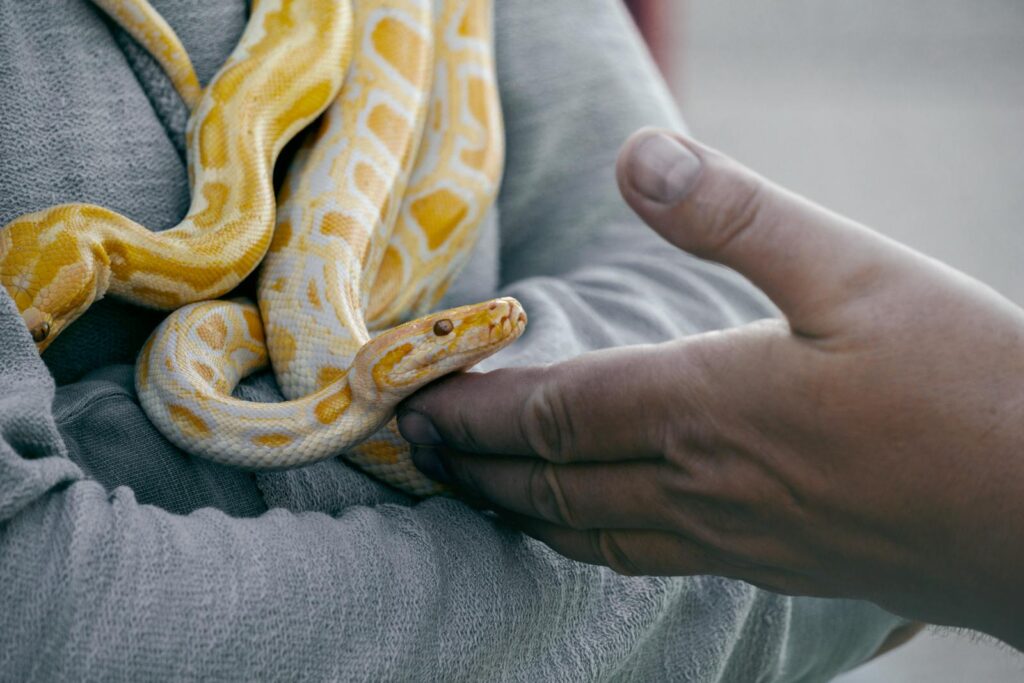
Before building an outdoor snake habitat, research and comply with all local regulations regarding reptile keeping, enclosure requirements, and potential restrictions on certain species. Some municipalities have specific ordinances about outdoor exotic animal enclosures or require permits for keeping certain snake species, even non-venomous ones. Consider your property boundaries and how the enclosure might impact neighbors—placing the habitat away from shared property lines can prevent concerns or conflicts. Maintaining good neighborhood relations is valuable; consider informing adjacent neighbors about your plans, emphasizing the secure nature of the enclosure and the non-dangerous status of your snakes. This proactive communication can prevent misunderstandings and potential complaints. For properties with homeowners associations, review the covenants and possibly seek approval before construction to avoid potential conflicts or forced removal later. Documenting your research, permit applications, and compliance efforts provides protection should questions arise from local authorities or concerned neighbors.
Conclusion
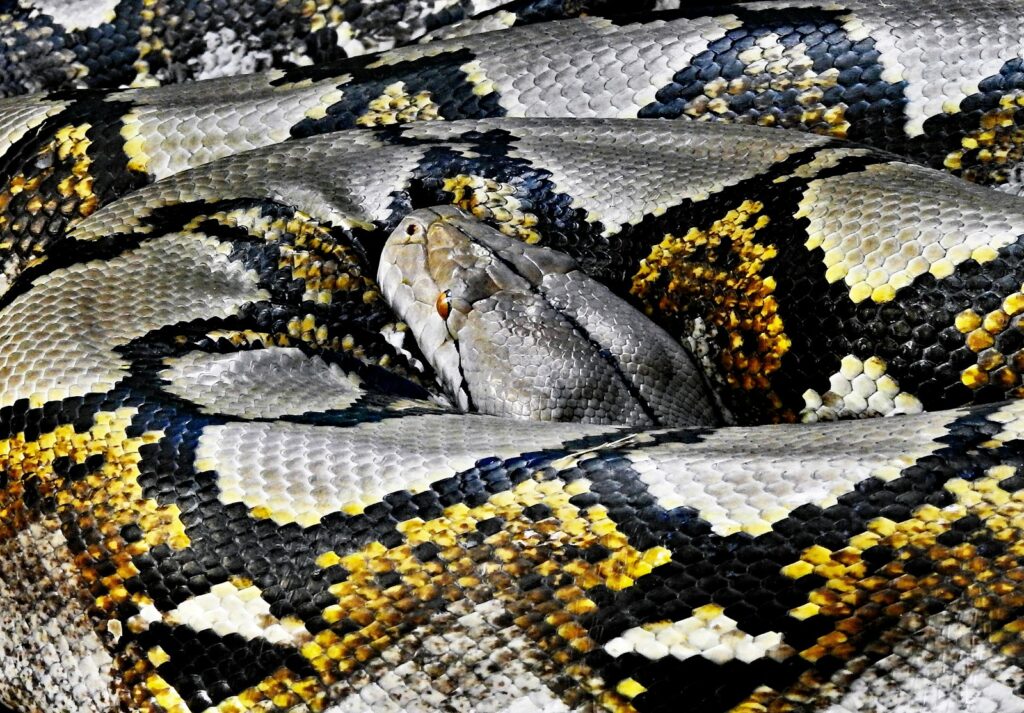
Creating a safe outdoor habitat for non-venomous snakes requires thoughtful planning, appropriate materials, and ongoing maintenance, but the rewards are substantial. A well-designed outdoor enclosure provides your snake with enrichment opportunities, natural sunlight, and environmental stimulation that can significantly enhance their quality of life and allow them to express more natural behaviors. The success of your habitat depends on balancing security with naturalistic elements, always prioritizing the snake’s safety while attempting to recreate aspects of their natural environment. By understanding your specific species’ needs, anticipating potential challenges, and committing to regular maintenance, you can create an outdoor snake sanctuary that benefits your reptilian companions while providing you with unique opportunities to observe and appreciate their natural behaviors. Whether used seasonally or year-round, a properly constructed outdoor snake habitat represents the gold standard in captive snake care, offering the best of both worlds—the safety of captivity with many benefits of a natural environment.




